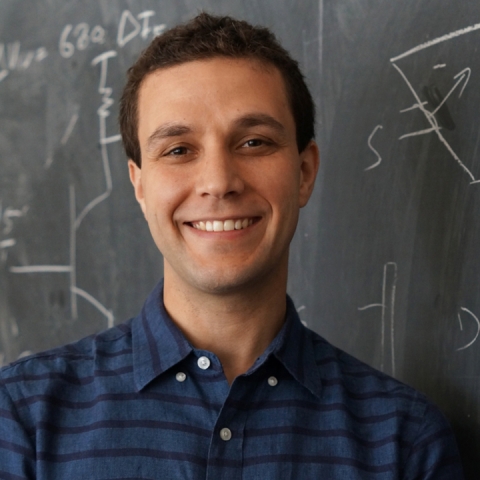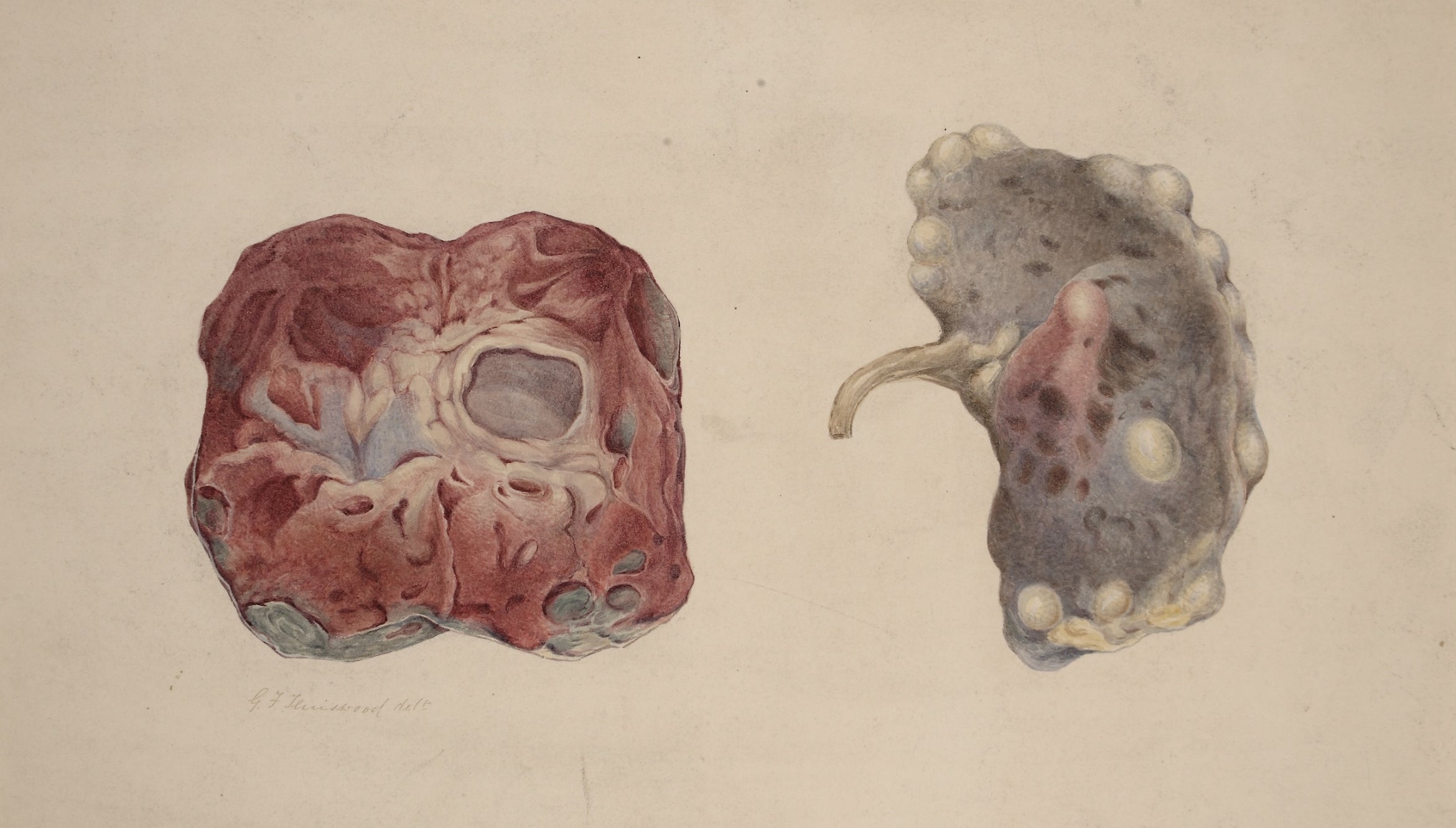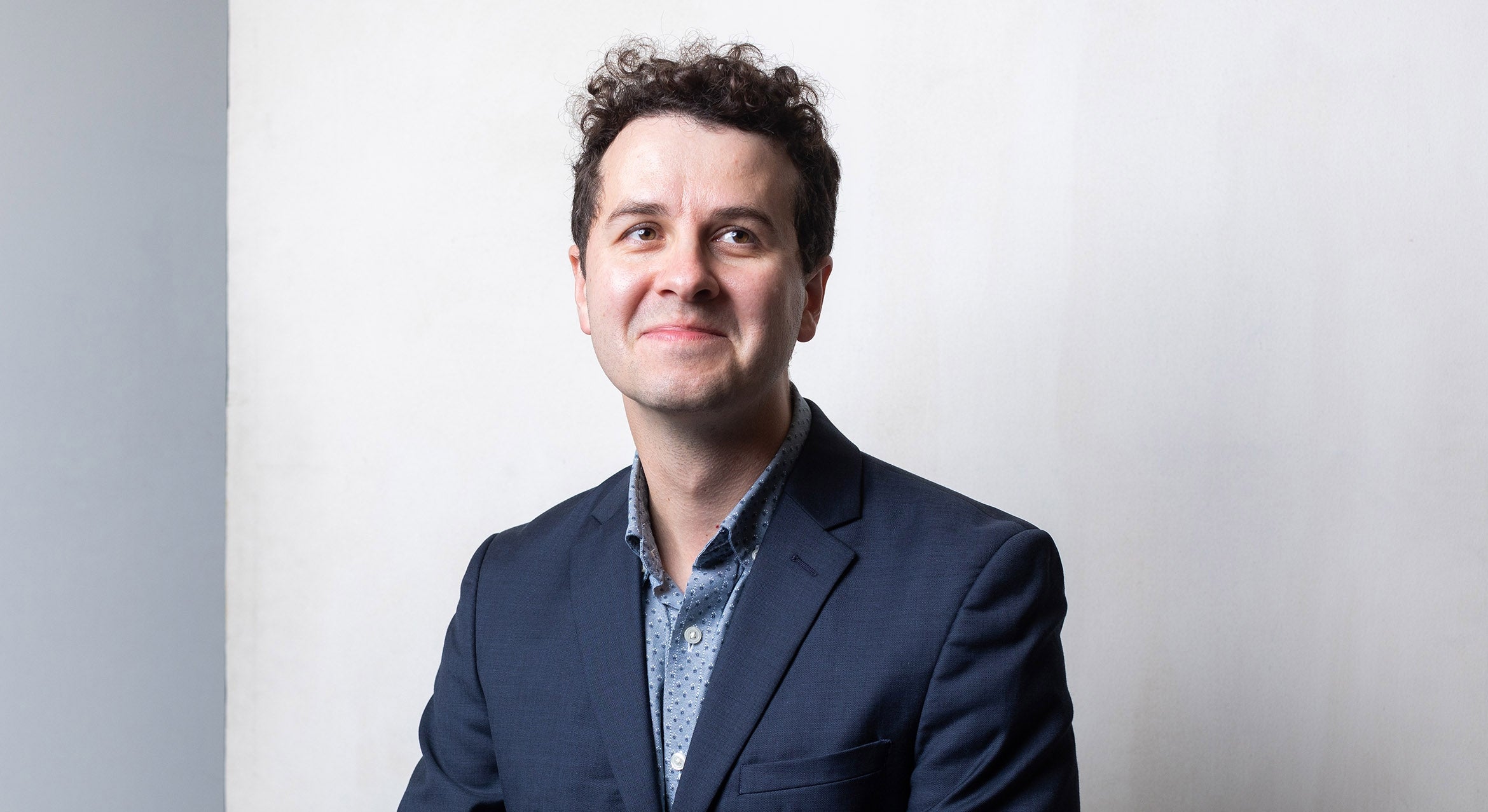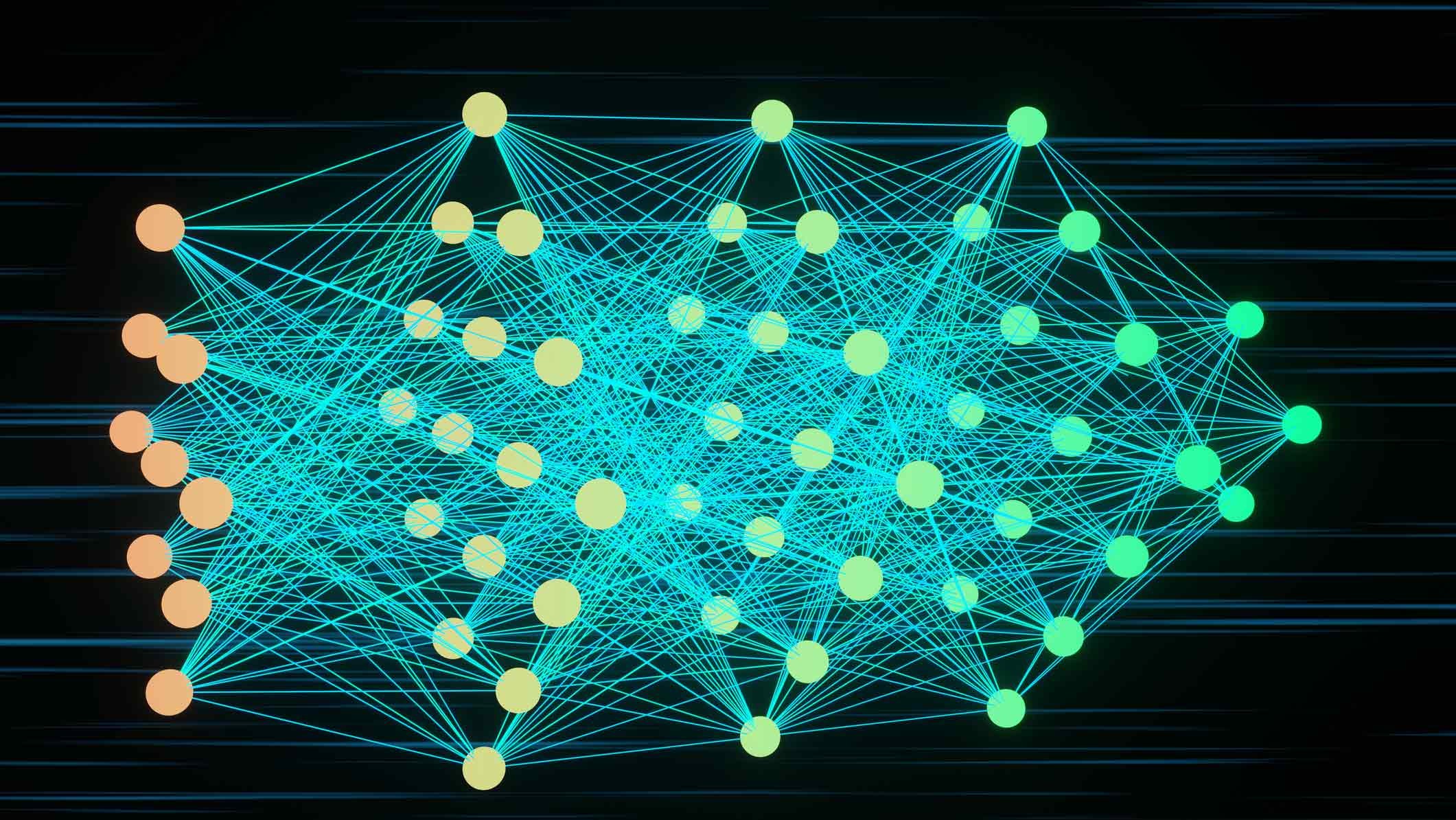Chasing quantum ‘magic’: Andrea Young receives $2 million award to develop a more stable quantum architecture
For all its promise, quantum computing suffers from its own fragility. Even the slightest disturbance can scramble the information encoded in a quantum bit.
UC Santa Barbara physics professor Andrea Young believes the answer lies in a more robust, but still hypothetical, “topological” approach to quantum computing, theorized over two decades ago. But this strategy comes with its own challenges. “Despite the incredible conceptual promise of topological protection, the world seems ready to move on,” he said, “focusing resources on engineering conventional quantum bits despite their inherent lack of coherence.”
Fortunately, not everyone has given up hope. The Brown Institute for Basic Sciences at Caltech has named Young a winner of one of their National Brown Investigator Awards. The honor comes with $2 million over five years to further develop the techniques involved in creating topological quantum systems.
“We take tremendous pride in Professor Young's selection for the prestigious Brown Investigator Award, which is a first for our campus and a strong testament to Andrea's novel approaches in the field of quantum electronics,” said UC Santa Barbara Chancellor Henry T. Yang. “This honor further cements UC Santa Barbara's leadership in quantum science, and we look forward with great anticipation to the creativity and innovation that will be unlocked through the support of this award.”
Quantum computers store information in quantum superpositions, or qubits. Unfortunately, these are quite fragile; small interactions with their environment can collapse the superposition to a defined state, destroying the information in the qubit. A lot of effort has gone into isolating qubits from background heat and radiation, but researchers are reaching diminishing marginal returns.
Topological approaches to quantum computing encode the qubits in larger patterns of entanglement in quantum systems. For instance, qubits could be encoded in the braids traced out in spacetime by a collection of quasi-particles, called anyons. This could make quantum information much more robust, because the only way to change it is by cutting a strand of the braid, equivalent to destroying one of these anyons.
“Nonabelian anyons are almost magic, at least in theory,” Young said. “Electrons get together, form anyons, and seemingly of their own volition give you a qubit that already has many of its errors removed."
Creating such a setup has remained elusive, however, bedeviling researchers for over two decades. A key hurdle has been the fragility of the anyons themselves. However, recent progress in Young’s lab has shown a new path forward. Using layered stacks of atomically thin crystals, his lab has shown that nonabelian anyons can be far more robust than scientists previously realized. Young plans to leverage these advances, and funding from the Brown Foundation, to realize the first operational topological qubit. “It is a high-risk project,” Young acknowledged. “Many similar ambitions have failed to deliver on their promise.”
And the project has more than just pragmatic implications. “Besides making a better qubit, demonstrating braiding of nonabelian anyons would provide definitive proof that this radically exotic phase of matter actually exists,” Young explained. “And, there would be no better proof that quantum error correction — the sine qua non of useful quantum computing — is actually possible than to see that it occurs in nature.
“It’s not going to be easy,” he continued, “requiring us to bring together expertise from several areas of physics. But with the support of the Brown Foundation, we have exactly the resources we need to do it.”
Harrison Tasoff
Science Writer
(805) 893-7220
harrisontasoff@ucsb.edu




